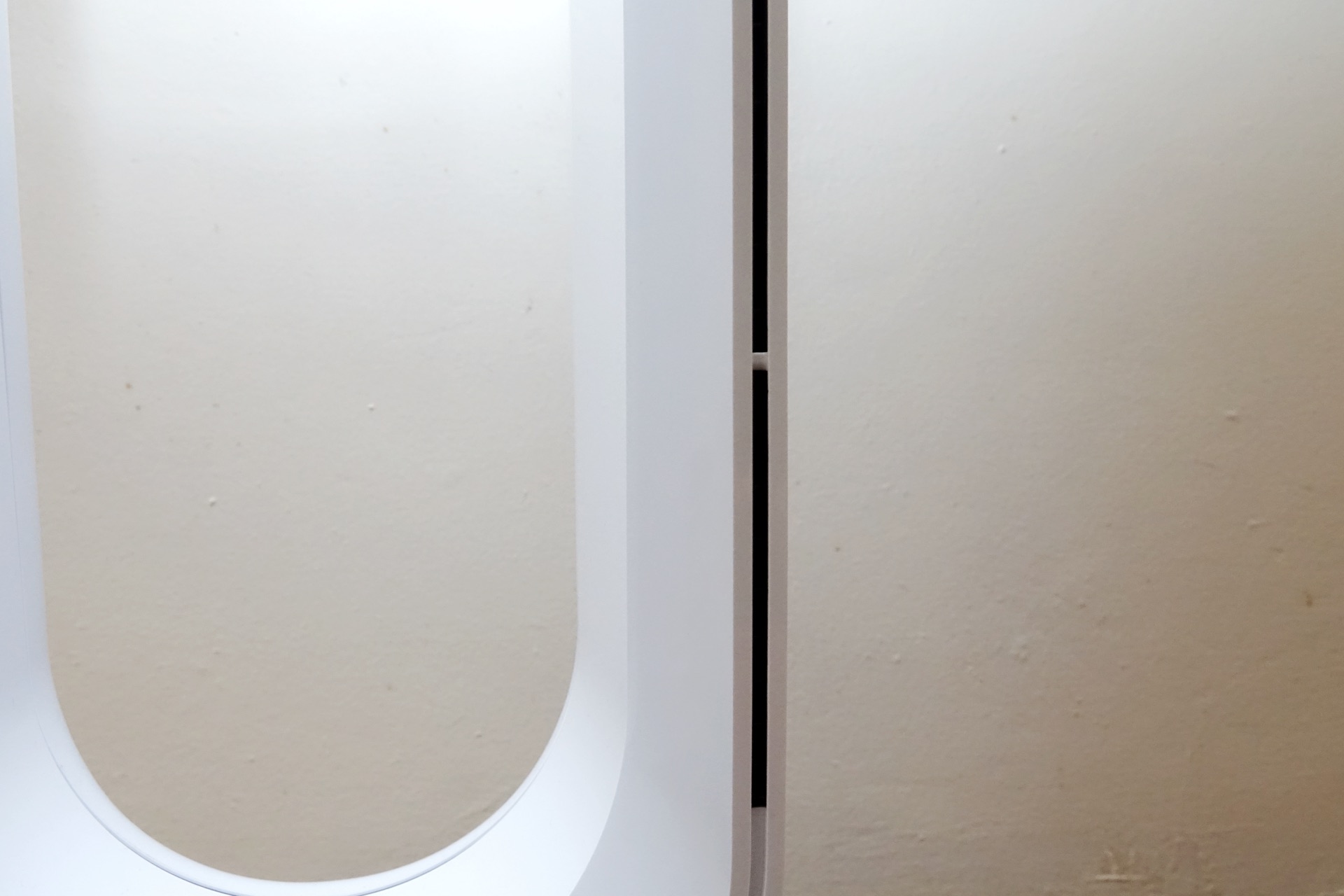This week on The Wrap, find out how to clear the air in the Sydney smoke, and how to stop breathing in pollution. Plus how Linksys is reinventing security at home and the latest headphones from Jabra and Dali. All in five.
Subscribe to The Wrap at Apple Podcasts…Transcript
It’s the middle of December and you’re tuned into The Wrap, Australia’s fastest technology roundup, and here in Sydney where The Wrap is recorded, the week has been one of the country’s hardest yet. Depending on where you live, there’s a solid chance you’re dealing with either the fires or the smoke from the fires, or maybe even just the news of the smoke and how it’s strangling Australian cities.
It seems maddening, but Australia’s largest city, Sydney, became more toxic than Beijing this week, as the bushfires hit a new peak and became a cloud of smoke that rested and refused to move on.
That cloud wasn’t just a bother, though; it was also dangerous.
You might be worried about the noxious chemicals from the back of cars, but Australians got to experience a different type of pollution this week: fine particle matter, also known as PM10 and PM2.5. That’s the stuff that can cause damage, with tiny flecks you can’t see or feel, and the sort of thing the Sydney smoke was delivering this week.
We’re not going to get stuck into the specifics of what made this happen. The bush fires are dangerous and damaging for the nation, and they’re likely just the beginning. We’re also not going to debate climate change. It’s happening, and if you believe in the science that makes it possible for you to access a world of information on the internet, have a supercomputer in your hand, and generally live in today’s technologically trusted world, you should believe in climate change. It’s that simple.
However if you’re looking to survive a season that will no doubt be filled with more fire and smoke and particulate matter, you’re going to want to look to clearing the air.
Now you could spend your time in malls and let the air conditioning filter out the horrible stuff, or you could look for a way to clear the air at home. And that should lead you to an air purifier, a type of fan that passes air through a filter before pushing it out once more cleaner than before.
But you can’t just buy any filter. If you’re to make a dent on the air at home, you need to look for one that specifically says PM2.5.
PM10 means the purifier can deal with particles ten micrometers and below, while PM2.5 goes beyond this, dealing with the smaller particles measuring 2.5 micrometers and below. Ideally, a PM2.5 purifier will also deal with the slightly bigger particles, too, so that’s what you want.
PM2.5, and it’s something supported by many an air purifier. We have a Dyson model that handles it, and there are others by TruSens, Philips, Xiaomi, and others. They do take a bit of time to work their magic, and earlier in the week, we had ours working all day just to get the levels back to normal.
However if you’re looking to clear the air at home, a purifier might just float to the top of your list this year, especially if the fires unfortunately get worse.
That’s what many people are searching for at the moment, and it’s not alone. Google unveiled its most searched for items this year, and among the biggest searches for Australians were how to vote, how to watch Game of Thrones, what “plant-based” means, and fires near me.
At least at home you can work on getting the air clear, and you might even have a form of security in your networking gadget. Linksys has recently added something to its Velop mesh networking system that makes it work as a motion detection system. It’s a neat concept that will track movement using WiFi, and alert you when there’s movement at home.
Out and about, it’s not a replacement for a security camera system, but might work well in tandem with one.
And out and about, you might be looking for a better pair of earphones for your phone. Good news, because we’ve reviewed two this week. There’s the $300 Jabra Elite 75t and the $700 Dali IO-6, and they’re a little different.
On the former, Jabra has made a smaller and more capable sequel to last year’s excellent Elite 65t. The new model and its case are both more compact, while Jabra has fine-tuned the performance with more bass.
They don’t have noise cancelling, though, and if you want that, you might want to consider something else. Apple’s AirPods Pro or Sony’s WF-1000XM3, or the Dali IO-6, a new breed. They’re an audiophile-grade of noise cancelling headphones, allowing people who have a love affair with big sound to take large headphones on the road with them.
Audiophile headphones don’t usually come with noise cancellation, and this is Dali’s first pair, so it’s not perfect. The noise cancellation could be better, and doesn’t quite match what either Sony, Beats, or Bose offers. But the detail is definitely there, and if you listen to high-res music and are heading on a long flight, we could see the draw.
For everyone else, the assortment of smaller and more cost effective headphones offering excellent performance will probably do the job better. Apple and Sony and Beats and Bose and Jabra and JBL and Plantronics and more. You have choices.
You just have no more time for this show, so you’ve been listening to The Wrap, Australia’s fastest technology roundup. You can find a new show every Friday at Podcast One, Spotify, and Apple Podcasts. Until then have a great week. We’ll see you next time on The Wrap. Take care.





